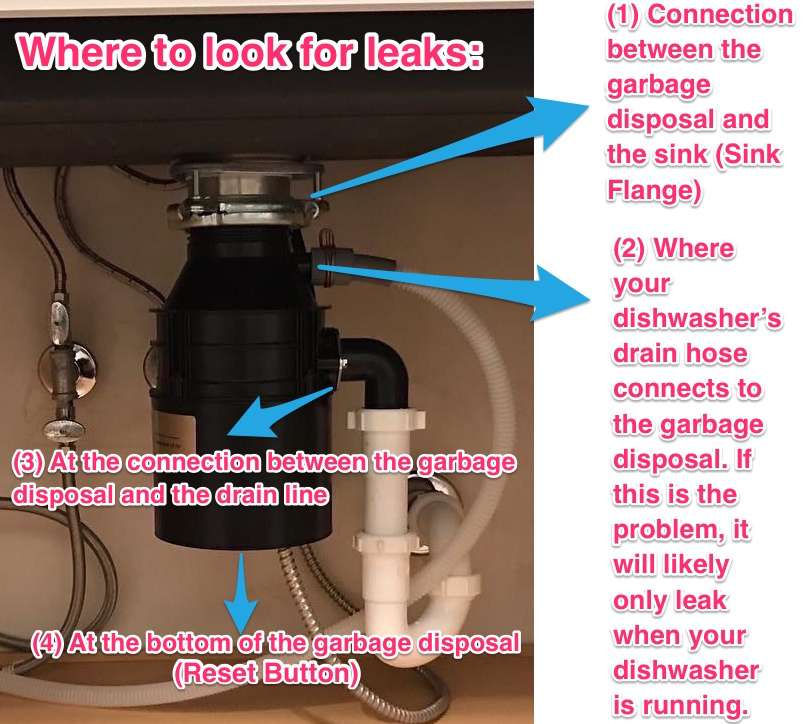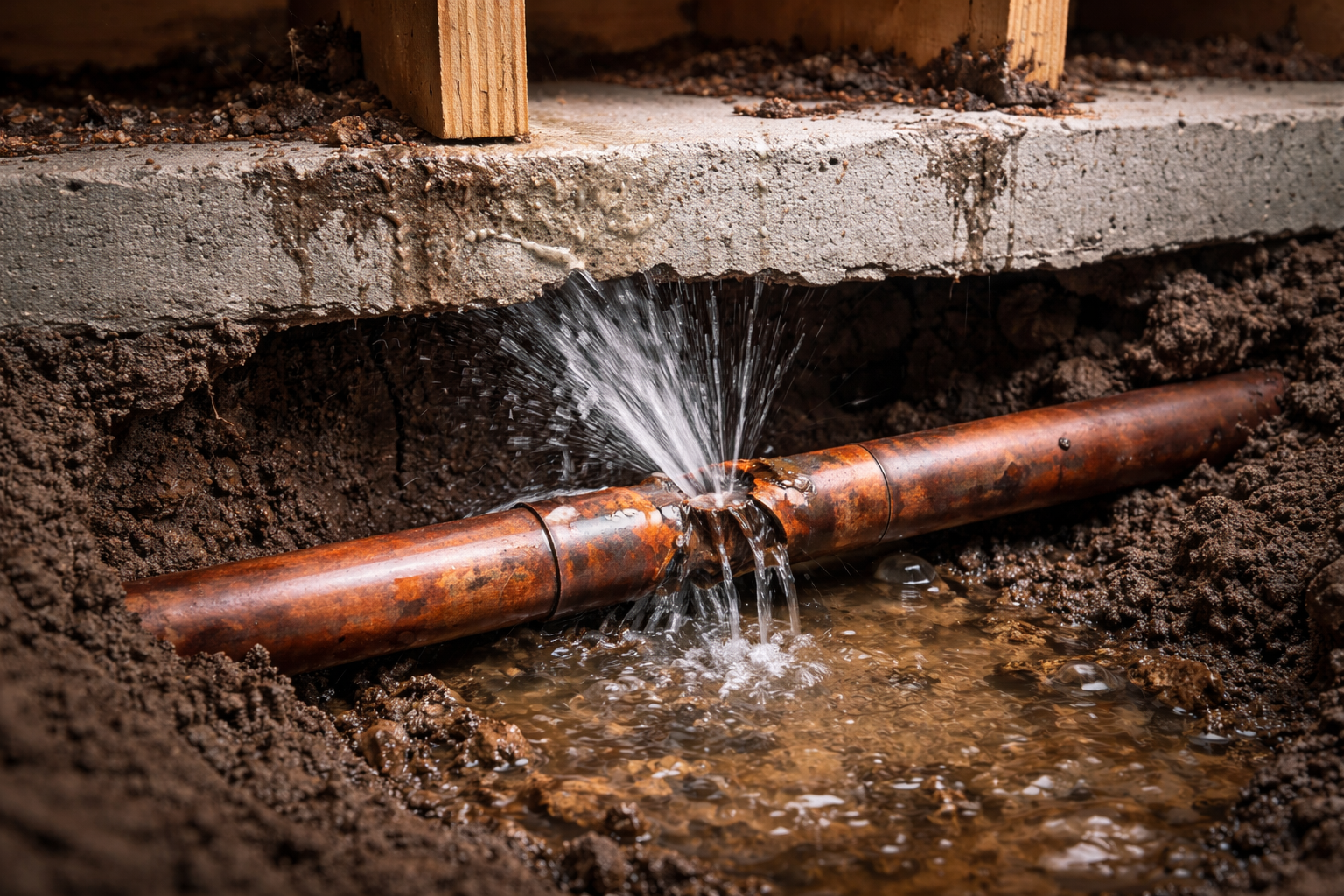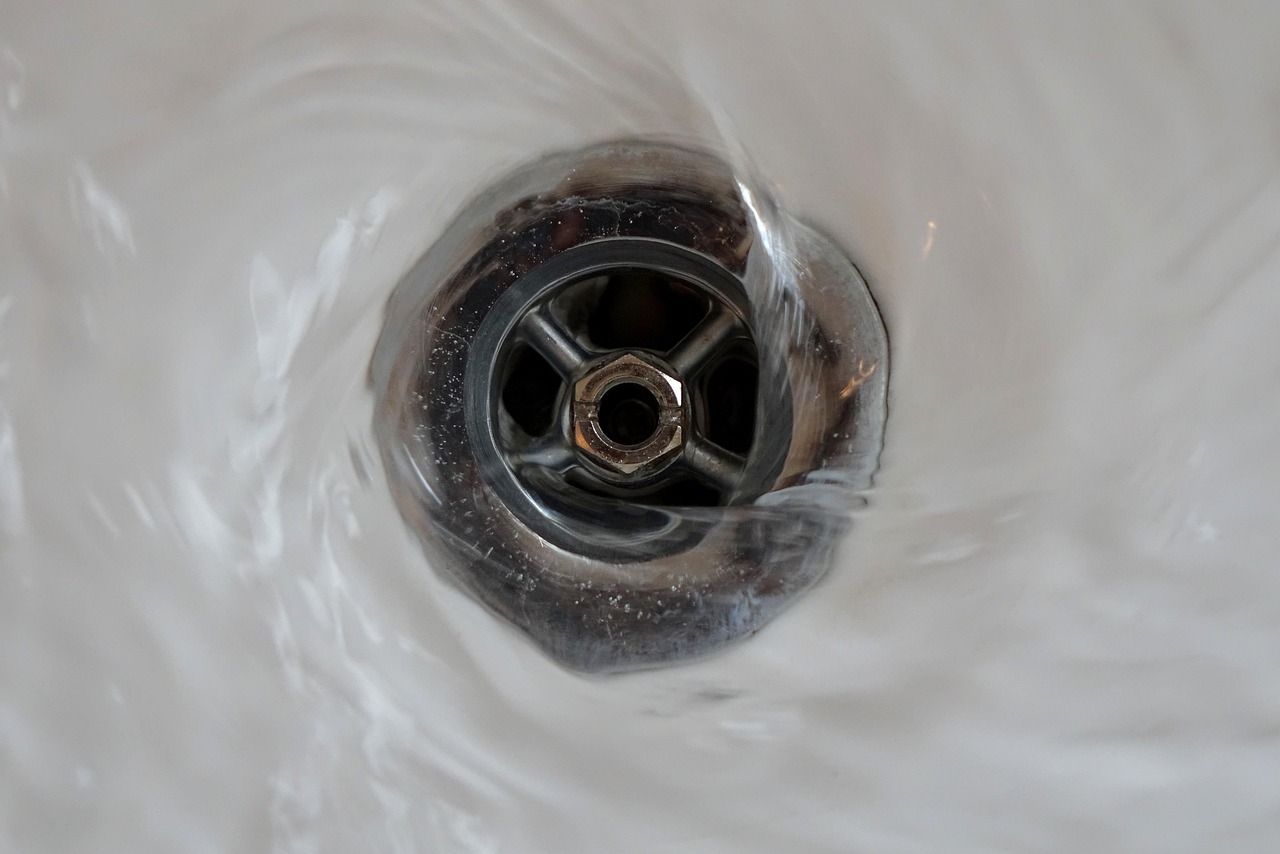
Having clean, safe drinking water in your home is important for your family’s health. While city water in most areas of the U.S. meets basic safety standards, it can still contain chlorine, sediment, or other impurities that affect taste and quality. If you’re on well water, the need for a filtration system is even greater because your water may contain natural minerals, bacteria, or even pesticides. Choosing the best water filtration system for your home depends on your water source, budget, and needs.
Why Install a Water Filtration System?
A water filtration system helps remove contaminants like chlorine, lead, bacteria, and sediment from your drinking water. It can improve taste, reduce odor, and protect your appliances from mineral buildup. Some systems even remove hard water minerals, making showers and laundry gentler on your skin and clothes.
For a general overview of water safety in the U.S., see the EPA’s drinking water standards.
Types of Home Water Filtration Systems
Not all filters are the same. Here are some of the most common options for homeowners:
Whole-House Water Filtration Systems
A whole-house water filtration system connects to the main water line where it enters your home. This means every faucet, shower, and appliance receives filtered water. These systems are excellent for families who want to reduce chlorine, sediment, and other chemicals throughout the entire home. Some models can even handle well water by targeting iron, sulfur, and other minerals.
The downside is the higher upfront cost compared to smaller filters, but the convenience and long-term benefits often make it worth it. To see options, check out Aquasana’s whole-house systems or Home Depot’s whole-house filter selection.
Reverse Osmosis Systems
Reverse osmosis (RO) filtration is considered one of the most effective ways to purify drinking water. These under-sink units use multiple filters and a semi-permeable membrane to remove contaminants like lead, fluoride, arsenic, nitrates, and even some viruses. The water passes through several stages, resulting in very clean, crisp-tasting water.
The main drawback is that RO systems often waste a small amount of water during the filtration process, and they only filter water from one faucet. Still, they’re perfect for families who want the purest drinking water possible. You can learn more from the NSF’s RO filter guide and see popular models on APEC Water Systems.
Under-Sink Water Filters
If you don’t need a full RO system but still want cleaner water at one location, an under-sink water filter is a good choice. These filters typically use carbon blocks or multi-stage cartridges to reduce chlorine, sediment, and some heavy metals. They’re easy to install and don’t take up much space, making them a practical option for kitchens.
Some systems even use advanced cartridges certified by the NSF, giving homeowners peace of mind about what contaminants are being removed. Brands like Culligan and Everpure offer trusted options for households.
Countertop Water Filters
A countertop water filter connects directly to your faucet or sits on your counter as a gravity-fed unit. These are a favorite for renters or people who can’t modify plumbing. They’re usually less expensive than under-sink systems and still provide strong filtration against chlorine, chemicals, and sediment.
Some models, like Big Berkey, are popular for both home use and emergency situations because they can filter large amounts of water without electricity. For a budget-friendly option, check Pur’s faucet filters.
Pitcher Water Filters
Pitcher water filters are the most affordable and convenient option. You simply fill them with tap water, and the filter cartridge inside reduces chlorine, odors, and some metals. While they don’t provide the same level of filtration as whole-house or RO systems, they’re a great step up from plain tap water.
Brands like Brita and PUR dominate this market and are widely available at most grocery and home improvement stores. If you’re not ready to invest in a more expensive system, pitchers are a solid starter choice.
Water Softeners
While not technically filters, water softeners are important for homes with hard water. They use a process called ion exchange to remove calcium and magnesium, which are responsible for limescale buildup. A softener doesn’t purify water in the same way a filter does, but it can protect appliances, extend the life of plumbing, and make showers and laundry feel better.
For homes with both hardness and contaminants, many people combine a water softener with a whole-house filter. To learn more, see Water Quality Association’s guide on softeners.
What’s the Best Water Filtration System for Your Home?
The best option depends on your situation:
- For city water: A whole-house filter or under-sink reverse osmosis system is ideal.
- For well water: A combination of sediment filters, UV filters, and possibly a softener may be necessary.
- For renters or small households: A countertop or pitcher filter works well.
Before buying, it’s smart to test your water. You can use a home test kit or hire a local water treatment company. Knowing what contaminants are present helps you choose the right system.
Cost of a Home Water Filtration System
Prices vary depending on the type:
- Pitcher filters: $25–$75
- Countertop filters: $100–$300
- Under-sink filters: $150–$600
- Reverse osmosis systems: $200–$1,000+
- Whole-house systems: $800–$3,000+
While it’s an investment, filtration systems save money long term by reducing bottled water purchases and protecting your appliances from mineral buildup.

Maintenance and Replacement of Water Filtration Systems
No matter what type of system you choose, regular maintenance and filter replacement are critical to keeping your water safe and clean. A filter that’s past its lifespan can actually allow contaminants to build up, reducing water quality and even damaging the unit itself.
Filter Lifespan
Most water filters need to be changed every three to twelve months, depending on the type and usage. Pitcher filters, such as Brita or PUR, usually last about two months or 40 gallons. Countertop and faucet-mounted filters often need replacement every two to four months. Under-sink carbon filters can last around six months or more, depending on water quality. Reverse osmosis membranes may last two to three years, although the pre-filters need replacement every six to twelve months. Whole-house filters vary widely, but most cartridges should be swapped every three to twelve months.
You can find official guidelines for each product in the manufacturer’s manual. Many companies like Aquasana and Culligan have online resources that explain replacement schedules for their filters.
Signs It’s Time to Replace a Filter
Even before the recommended replacement period, your system may give you clues that it’s time for a new cartridge. If your water tastes or smells different—whether it’s chlorine, sulfur, or metallic flavors—that’s a strong indicator. A slower water flow from your faucet or shower can also signal that the filter is clogged. Visible sediment or discoloration in the water is another warning sign. Some newer systems even have filter change indicator lights, and when they turn on it means the filter is no longer effective. If you notice any of these issues, it’s best to replace the filter sooner rather than later.
Professional vs. DIY Maintenance
Some water filtration systems are designed for easy do-it-yourself cartridge changes, while others—like whole-house systems—may require a plumber for installation and maintenance. If you’re not comfortable working with plumbing connections, it’s wise to schedule professional servicing to make sure everything is done correctly. Websites like Home Depot’s water filter guide and NSF International provide excellent resources on maintaining water filtration systems safely.
Costs of Filter Replacements
When choosing a home water filtration system, the upfront price isn’t the only expense to consider—ongoing filter replacement costs can add up over time. Understanding these costs helps you budget properly and pick a system that fits your needs long-term.
For pitcher filters like Brita or PUR, replacement cartridges are relatively inexpensive, usually between $6 and $10 each. Since they need to be swapped about every two months, the yearly cost can range from $40 to $60, depending on how much water your household consumes.
Faucet-mounted and countertop filters cost a little more to maintain. Replacement cartridges typically fall in the $15–$30 range and last two to four months, which works out to about $75–$120 per year. These systems are affordable up front, but the maintenance costs can quickly exceed the initial purchase price.
Under-sink filters come with a wider price range. Simple carbon block cartridges may cost $40–$80 each and last around six months, while multi-stage systems can require multiple filters costing $100 or more annually. If your home uses a reverse osmosis system, the pre-filters usually cost around $20–$40 every six months, while the main RO membrane may cost $50–$100 every two to three years. Sites like Apec Water Systems provide breakdowns of replacement costs for their models.
Whole-house filtration systems are more of an investment. Replacement cartridges can range anywhere from $30 to $150 depending on the system and the type of filter media. These filters often need to be replaced every three to twelve months. Some systems also use specialty filters—like iron removal or sediment pre-filters—that add to the yearly cost. In general, homeowners can expect to spend $100 to $300 per year on whole-house filter maintenance. Companies like Aquasana list exact replacement costs on their websites, which is useful for comparison shopping.
Factoring in these costs can make a big difference. While a pitcher filter may seem cheap at first, the ongoing expenses could add up close to the yearly cost of an under-sink filter. Similarly, while whole-house systems require more maintenance investment, they often provide better value for larger households since every tap and shower benefits from the same clean water source.
Why Maintenance Matters
Keeping up with filter changes ensures that your water is safe to drink and cook with. It also helps your system run efficiently, avoiding clogs or long-term damage. Staying on top of maintenance saves money by extending the life of the unit and prevents costly repairs or replacements. Neglecting maintenance can cause bacteria to grow inside the filter, reduce water pressure, and undo the very benefits you invested in when installing the system.
Helpful Resources
- EPA Drinking Water Standards
- NSF Certified Water Filters Database
- Home Depot – Types of Water Filters
- Brita Water Filters
- PUR Water Filters
What’s Next?
Doug Herrell Plumbing is a trusted leader in Brevard County, Florida, specializing in slab leak detection and re-piping services. Call us today for a free estimate before a slab leak causes unnecessary damage to your property.
About Doug Herrell Plumbing – lic#CFC 048487
Doug Herrell Plumbing has been Brevard County’s source for plumbing services since 1980. We are a family owned and operated business and take tremendous pride in providing honest and reliable plumbing services at an affordable price.
CALL 321-254-0004
Serving Melbourne, Palm Bay, Viera, Suntree, Titusville, Merritt Island, Melbourne Beach, Indialantic, Indian Harbour Beach, Cape Canaveral, Satellite Beach, Rockledge, West Melbourne, Cocoa, and Cocoa Beach.
continue reading


